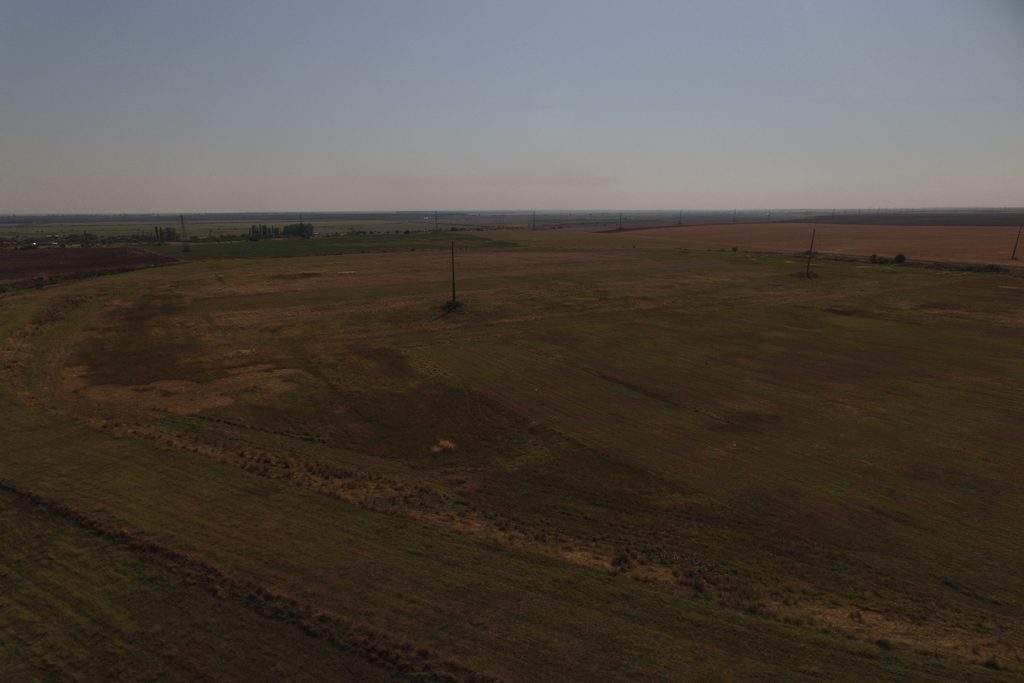

The Fortress of the Cossacks is a fortification of earth, archaeologically investigated, but with results remained undisclosed. This would mean that over it hovers only allegations. It has an irregular circular enclosure with a diameter of 260 m and an area of 53,066 m2. It is surrounded by a wave of 4 meters tall and defense ditch of 8 meters wide. The gate seems to have been in the north side.The cossacks city is located in the ancient hearth of Russenart (today improperly called Roșiorii de Vede city ), near the former carriages plant (rolling material) ROVA and represents what remained of Geto – Thracian Arcinna or Artina city.
The first documentary attestation of the municipality dates from the second century C.E., when onto one of Ptolemy’s map appears under the name of Pirus – the City of Pears. Later, along with the passage of migratory peoples, the Bulgarians, of which a part have settled here, adapted the Latin name to Slavic idiom, using the word “GRUSI’ – Pere. Gradually, this name is adopted by the local population who, for an easier pronunciation in Romanian language removes the ‘G’ remaining, initially, the name of RUSI. Later, along with the migration of peoples of German origin towards Central Europe, a small part remaining still to live in this city, RUSI word became Russen, plural in German language. In 1385, at the second clear documentary attestation of the current city, appears the name RUSSENART (which was the old town), by adding the suffix ART, from the ancient fortress Artina (named also Arcinna) on Limes Transalutanus, taken and strengthened by the Romans to defend the city that had developed as a continuation of this one, between gently-sloping hills of the river Vedea (purple water). The current city Roșiorii de Vede (the correct name should be MUNICIPALITY RUSSENART) is therefore one of the oldest cities fortresses in Romania’s territory, further research (in Albeşti, Peret and Dulceanca) proving that it actually dates back to sec . IV BC
